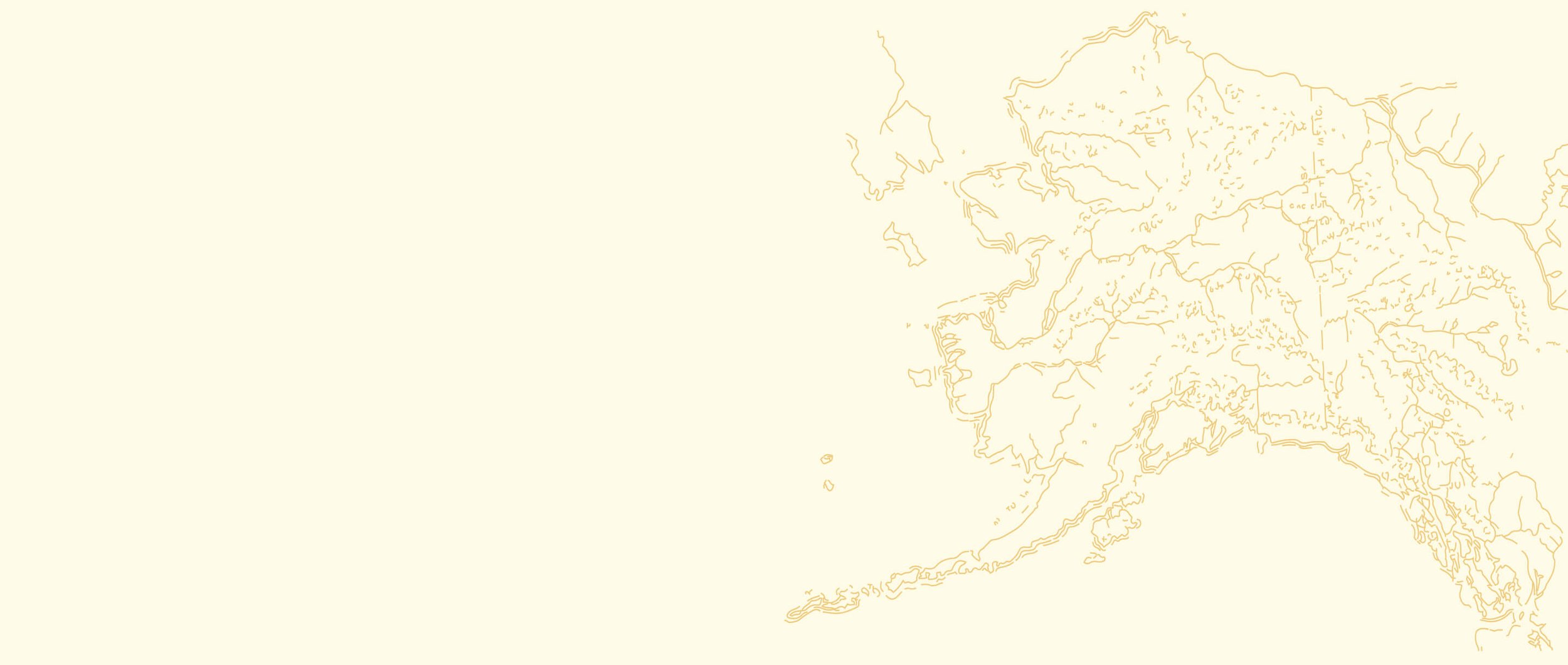
HISTORY
EXPLORERS AND SCIENTISTS
By the second half of the 19th century, other people had started to arrive in Yukon. They were explorers, prospectors, geologists, missionaries, and scientists. One of these scientists was Robert Kennicott. He was born in New Orleans, but had started working for the Smithsonian Institution, a museum in Washington, D.C., in his early 20s.
A photograph of Robert Kennicott.
Source: Robert Kennicott, Explorer, in Field Outfit. Circa 1860. Smithsonian Institution Archives, Record Unit 95, Box 27C, Folder 37.
In the summer of 1860, he set out for Fort Yukon, where he would spend the next two years collecting plant and animal samples for the Smithsonian. During his time at Fort Yukon, Kennicott became friends with many of the Hudson’s Bay Company fur traders, and got them interested in scientific collecting as well. Even decades after he went back home, his friends in the North would send natural history objects and Indigenous artifacts to the Smithsonian and other museums.
Another early explorer of the North was Frederick Schwatka. He was an American who went on two separate expeditions to Alaska and Yukon for the United States Army in 1881 and 1891. He was chosen for these expeditions because he’d previously led a trip to the Arctic in 1879. During his 1883 expedition, Schwatka spent much of his time giving names to the geographical features he passed along the way, like mountains and rivers, even though they had already been named by Indigenous people, and in some cases by Europeans as well.
Portrait of Frederick Schwatka.
Source: Bradley & Rulofson. Fredk Schwatka. 1894. Bibliothèque nationale de France.
Schwatka’s American expedition prompted the Canadian government to set up their own in response. The expedition party set off in 1887 and was led by George M. Dawson, a geologist from Nova Scotia. While travelling through Yukon, Dawson panned for gold along the rivers. He also interviewed any miners he met along the way, in order to try and determine whether Yukon had any mining potential. Ten years later, in 1897, the centre of the Klondike Gold Rush was named after George Dawson: Dawson City.
The Canadian geologist George Mercer Dawson.
Source: William Notman and Son Ltd. Portrait of George Mercer Dawson. 1891. Yukon Archives.
Dawson’s expedition party didn’t travel lightly. They hired 120 Indigenous people as packers to carry their supplies through the Chilkoot Pass. Two of the men who would make the famous gold discovery in 1896 were actually hired as packers for this expedition: Skookum Jim and Dawson Charlie.
First Nations packers carrying supplies.
Source: Mathers, C.W. Indians packing over northern portage, Slave River. Circa 1897-1904. Ernest Brown Collection. Yukon Archives.
After George Dawson’s expedition, events in Yukon moved quickly towards the great gold discovery. Yukon’s mining potential was beginning to attract the attention of people around the world, and the more prospectors that were searching for gold in the region, the more likely it was to be found.
“The Chilkoot Pass is a trail that leads through the Coast Mountains in Alaska and British Columbia. It had been used as a trade route by the Tlingit for many years, and they rarely allowed anyone else to travel along it. Up until the 1880s, only two expedition parties had been able to cross the Chilkoot Pass.”

